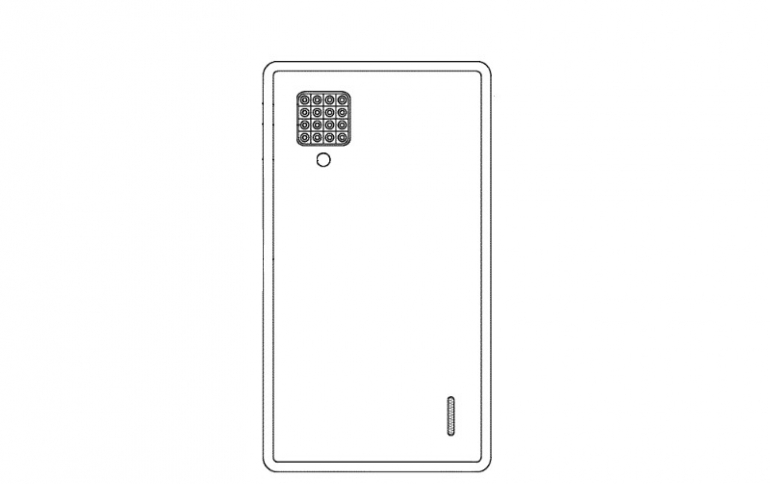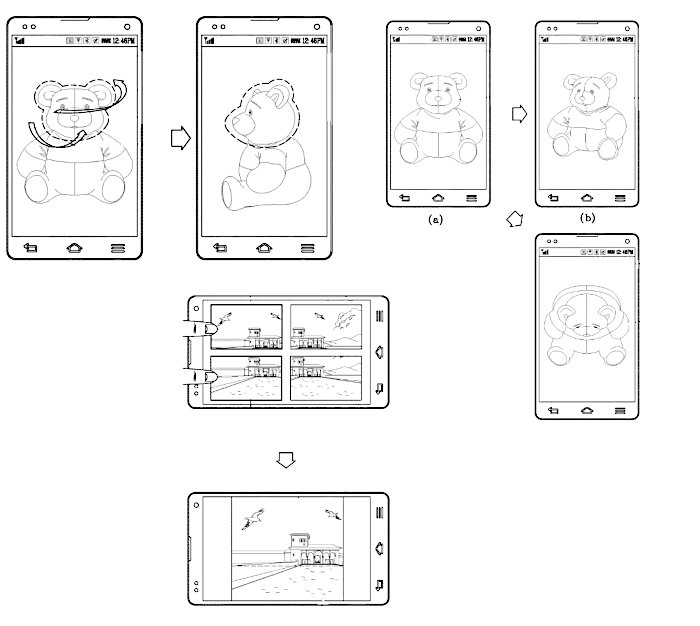
LG Patents Smartphone With 16 Rear Cameras
LG electronics has been granted a patent with the USPTO for a smartphone with a sixteen camera grid on its rear.
The patent was filed in April 15, 2014 and was published at the USPTO website in November 20, 2018. It describes the 4x4 camera grid with its lenses placed in a certain curvature within the matrix. The variable angles allow for photos from various perspectives and the built-in smartphone processing can make use of this 3D imaging data in a number of ways.
Users will be able to tweak an image using the image data from multiple lens sources. LG's AI software will also allow you to change a subject's head with a more flattering shot from your library.
A mirror and a flash are also provided on the smartphone's rear. The mirror could be utilised for self-portraits and the patent describes an alternative build with a second screen for this and more advanced purposes. Speakers are located front and back too.
In the example you see below it would be possible to rotate the head of a portrait subject to the angle you like best after capture.
Another example shows how the multi-cam technology could be combined with artificial intelligence features. Users could select a subject by drawing around it. The system then searches for other photos of the same person and then offers other, potentially more flattering, "heads" to replace the original with.
The patent also describes how the main camera array could be used to take selfies using a simple mirror, a concept that users of older flip-phones or compact cameras might still be familiar with.

Here is the official abstract for the patent:
A mobile terminal that may take images and a control method for the mobile terminal are disclosed. The mobile terminal comprises a display module; a camera provided with a plurality of lenses; and a controller configured to receive images through the plurality of lenses and outputting the received images on the display module, wherein the controller generates one moving image data by using an image received from the first lens of the plurality of lenses and an image received from the second lens different from the first lens.
As usual there is no way of knowing if or when the technology will make it into a final product.
Lately, smartphone designers have been increasing the rear-camera count on their devices. Nokia has patented a penta-camera smartphone, and the Samsung Galaxy A9 already comes with quad-rear cameras. In addition, the new LG V40 ThinQ coms with with triple-rear and twin-front facing cameras.




















